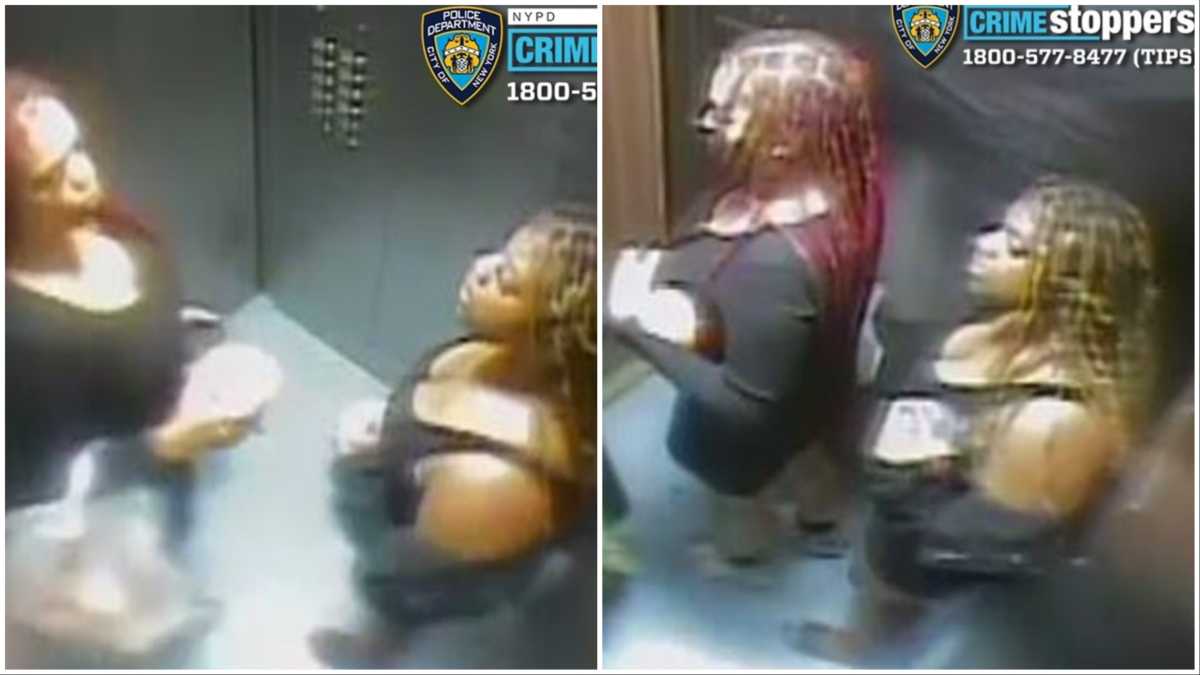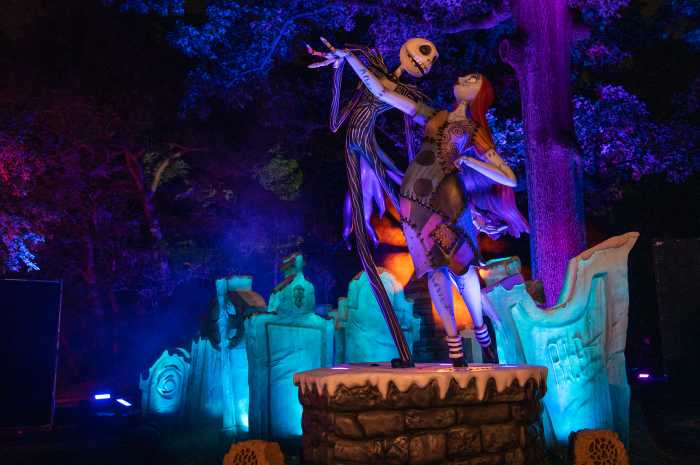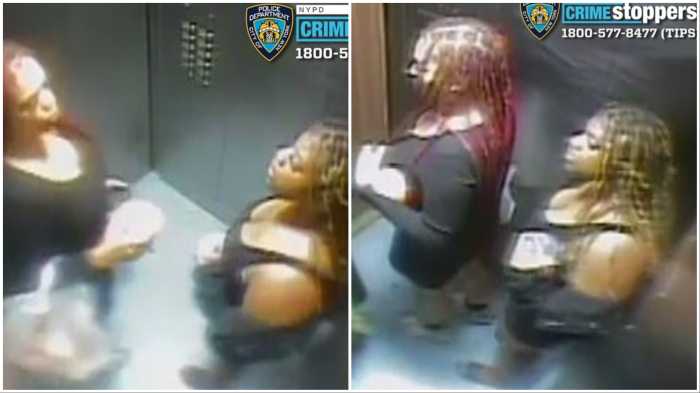Every performer has a different drive inside of them. For Ruth Wilson, it’s about getting to the emotional core of a character. While “The Little Stranger” is a slow-burning ghost-thriller, the actress subtly crafts Caroline Ayres on screen as a woman stuck in an internal horror story of her own.
Her character is trapped between two different versions of herself: someone who once had a taste of freedom during the war and a woman whose life is entirely defined by class and a crumbling legacy.
For Wilson, it was a chance to play up to that complexity. “She’s someone you had to use your imagination to work out because it wasn’t clear cut on the page,” the actress said of the 2009 Gothic novel by Sarah Waters, on which the film is based.
We recently got the chance to discuss the movie, out Friday, with the star.
How was the tone of this film established on set?
It felt sort of empty, weirdly, because it’s a massive house and there are two people rattling around in that space in a scene, so it always felt very static, still and awkward. All of those characters are awkward and suppressed. It was interesting because it was the nature of the piece, and they were very much like what the classic Brit is like — awkward, nonemotional and repressed.
The interior of the house looked expansive but it feels claustrophobic to watch.
Completely. I used to have grandparents and they used to have a grandfather clock going and it was like, “Get me out of here.” Because it signifies that time is passing every second and it’s deep and heavy with atmosphere, but no one’s saying anything. These people really don’t know what each other’s intentions are and they don’t feel comfortable with each other. They won’t talk about their feelings so it’s all held in.
I appreciated the back and forth with Domhnall Gleeson’s character, Faraday. How did you form that relationship?
In the book and in the script, you’re never quite sure how they feel about each other. Are they into each other or not? Do they want this? In the book, you have the feeling that you want them to be together and then you don’t because there’s something odd about it. So, it’s trying to get that across. Caroline has been chipped away and slowly she feels like it’s her only option. It’s like she’s being cornered, so it felt a bit like that. The journey of my character is that she didn’t quite know what she wanted but she knew she didn’t want to be in that house. We played with various versions of that.
One of the striking things about your performance is your body language and how this character carried herself. Did you start with the exterior of her and then work on her interior life?
It’s interesting because in the book, Sarah writes a lot about her exterior. She’s very specific but it’s from Faraday’s point of view, and it is a bit fetishized in terms of her body and the way she moves. Its like he’s glancing over her in a slightly salacious way. So it’s interesting because I knew I had to put certain elements in there but it’s through his eyes. So there were hints that I wanted to bring into the character but it was in conflict with her actions. She’s self conscious . . . she prefers to hide away so it comes from the inside, and instantly your shoulders drop, and your hips go out. I had some padding — bum padding, hips, false teeth in, so there was physically a lot put on top which made me feel self-conscious inside. It was physicality combined with the inner life of this character.
How much did the book influence your performance?
You have to let go of the book after a while. You can take elements of it and the heart of it, but you have to create your own version of it. I did email Sarah because I questioned Caroline’s sexuality. In the book, I wasn’t sure if she was a lesbian or not. So there were a lot of unanswered questions which we had to answer ourselves.



































